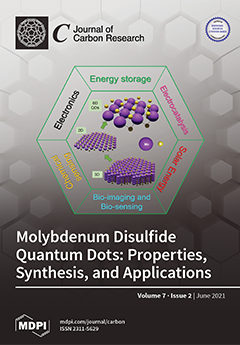Carbon capture and storage (CCS) is an established and verified technology that can implement zero emissions on a large enough scale to limit temperature rise to below 2 °C, as stipulated in the Paris Agreement. However, leakage from CCS sites must be monitored
[...] Read more.
Carbon capture and storage (CCS) is an established and verified technology that can implement zero emissions on a large enough scale to limit temperature rise to below 2 °C, as stipulated in the Paris Agreement. However, leakage from CCS sites must be monitored to ensure containment performance. Surface monitoring of carbon dioxide (CO
2) concentrations at onshore CCS sites is one method to locate and quantify CCS site leakage. Employing soil accumulation chambers, we have established baseline data for the natural flux of CO
2 as a threshold alert to detect CO
2 leakage flux to ensure the safety of onshore CCS sites. Within this context, we conducted on-site CO
2 measurements at three different locations (A, B, and C) on the INAS test field at the Ito campus, Kyushu University (Japan). Furthermore, we developed a specific measurement system based on the closed-chamber method to continuously measure CO
2 flux from soil and to investigate the correlation between CO
2 flux from the soil surface and various parameters, including environmental factors and soil sample characteristics. In addition, gas permeability and the effect of different locations on soil CO
2 flux are discussed in this study. Finally, we present an equation for estimating the soil CO
2 flux used in the INAS field site that includes environmental factors and soil characteristics. This equation assists in defining the threshold line for an alert condition related to CO
2 leakage at onshore CCS sites.
Full article





